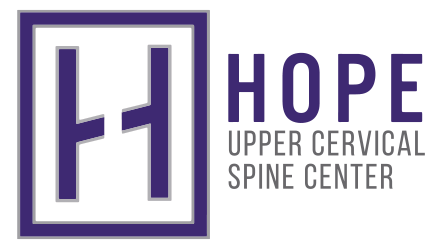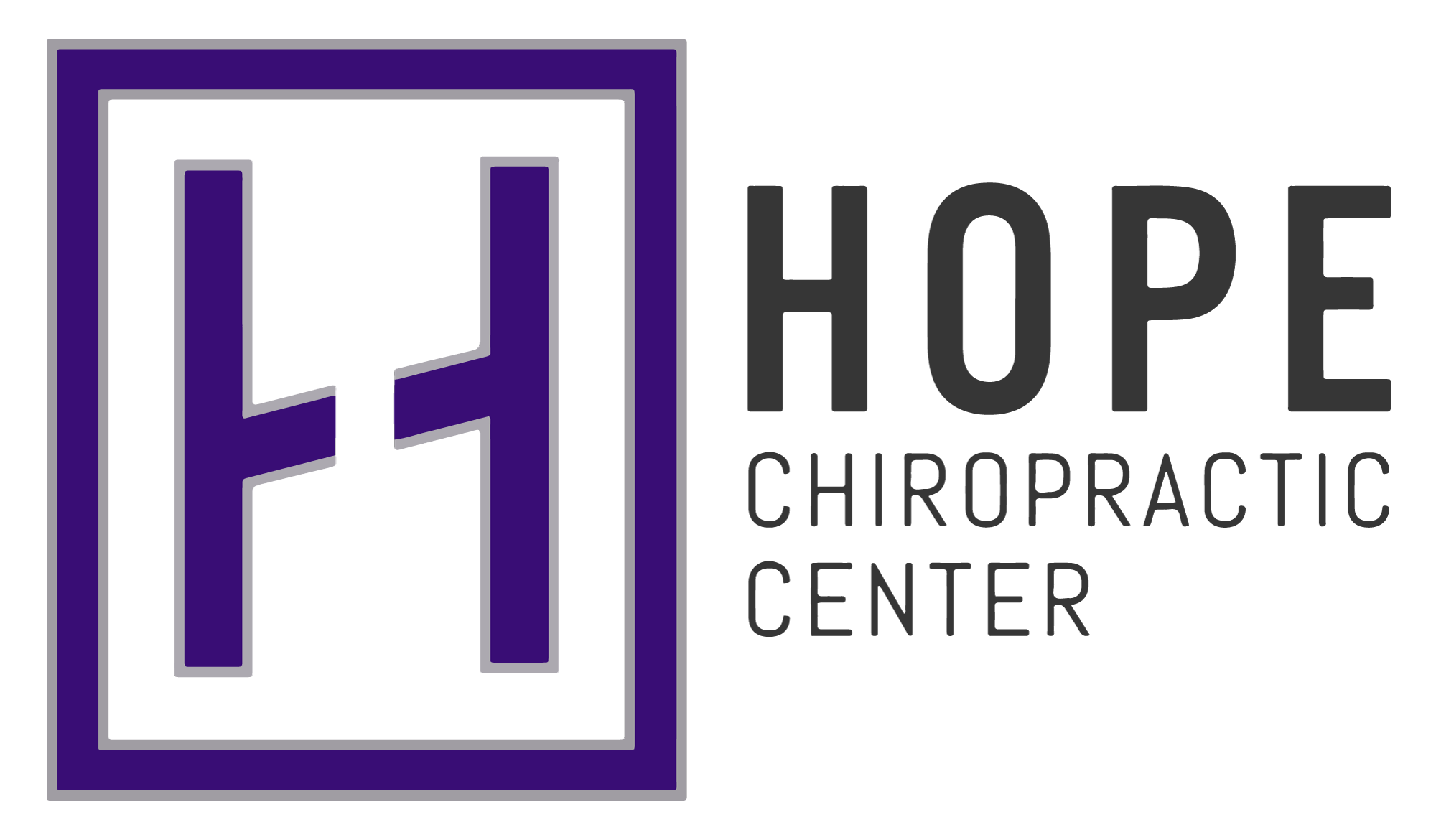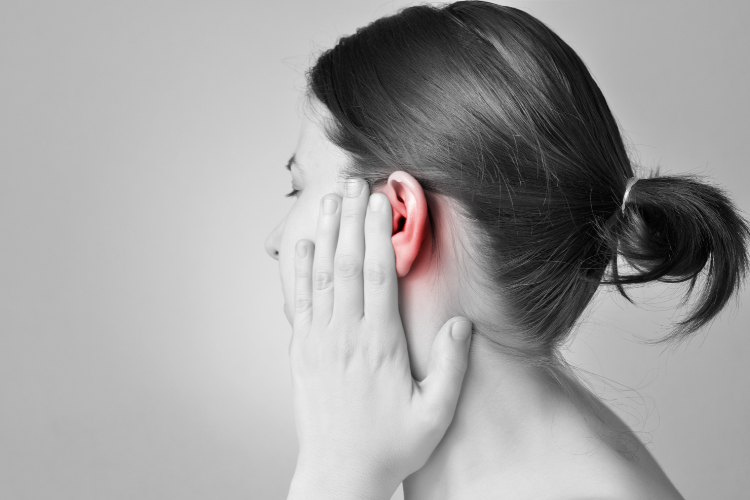
Meniere’s disease is a disruptive and often misunderstood condition that affects the inner ear and balance system. Characterized by episodes of vertigo, fluctuating hearing loss, tinnitus, and a feeling of fullness in the ear, Meniere’s can dramatically alter a person’s day-to-day life.
Traditional treatment methods focus on managing symptoms, but a growing body of research and anecdotal evidence points to a compelling connection between spinal health—particularly in the upper cervical spine—and Meniere’s symptoms.
At Hope Chiropractic in Southlake, Texas, Dr. Joey Kramer offers a unique approach to Meniere’s relief by focusing on upper cervical chiropractic care. His practice serves individuals in Southlake, Grapevine, Colleyville, Westlake, and Trophy Club, helping patients uncover the root contributors to their balance and ear-related issues.
How Meniere’s Disease Affects the Body
Meniere’s disease is considered a chronic disorder of the inner ear, typically presenting in one ear. Episodes are often unpredictable and can include:
- Sudden spells of vertigo (spinning sensations)
- Hearing fluctuations or eventual hearing loss
- Persistent ringing or buzzing (tinnitus)
- Sensations of pressure or fullness in the affected ear
While the condition’s exact cause is still debated, many specialists agree that inner ear fluid imbalance (endolymphatic hydrops) plays a significant role.
However, this theory doesn’t fully explain why Meniere’s episodes happen when they do, nor does it address the deeper physiological dysfunctions that might be at play.
This is where the connection between the nervous system, spinal alignment, and inner ear function becomes highly relevant.
The Hidden Link: How the Spine Affects the Ears and Balance
The vestibular system, housed within the inner ear, works closely with the brainstem and spinal cord to help maintain balance and orientation. The upper cervical spine, which includes the top two vertebrae (the atlas and axis), is located just beneath the skull and encases the lower part of the brainstem.
When these vertebrae are misaligned—often due to trauma, poor posture, or repetitive stress—it can lead to a cascade of effects:
- Altered Nerve Signaling: The brainstem processes signals from the inner ear about balance and motion. If irritated or compressed by misalignment, it can misinterpret vestibular input, potentially triggering vertigo.
- Impaired Fluid Drainage: Cervical misalignments may restrict drainage of cerebrospinal and lymphatic fluids, contributing to pressure buildup in the inner ear.
- Compromised Blood Flow: Blood vessels that pass through the neck supply the inner ear and balance centers of the brain. Misalignment may restrict circulation, impacting hearing and balance.
- Muscle Tension and Head Position: Chronic misalignment may contribute to muscle tightness and poor head posture, further exacerbating symptoms.
This chain of physiological disruption is why patients with Meniere’s disease often benefit from a neurologically focused chiropractic approach—one that directly addresses spinal and nervous system health.
Upper Cervical Chiropractic: A Targeted, Non-Invasive Strategy

Unlike generalized spinal adjustments, upper cervical chiropractic care uses advanced imaging and precise techniques to correct misalignments in the atlas and axis vertebrae.
These gentle corrections do not involve any twisting or popping. Instead, they aim to restore balance and function to the nervous system by returning the head and neck to their natural alignment.
Patients often experience the following benefits after consistent care:
- Reduced Frequency of Vertigo Attacks
- Less Pressure and Fullness in the Ears
- Improved Hearing Stability
- Decrease in Tinnitus Intensity
- Enhanced Coordination and Spatial Awareness
Importantly, upper cervical care does not treat Meniere’s disease directly. Rather, it optimizes the body’s self-healing mechanisms by removing interference from the nervous system—which may be a significant underlying factor in many cases of Meniere’s.
What to Expect During Your Visit
At Hope Chiropractic, your first visit involves:
- A detailed review of your health history, especially prior head or neck trauma
- Postural and neurological assessments
- Imaging to detect subtle upper cervical misalignments
- A custom plan for gentle corrections and follow-up evaluations
Because the upper cervical spine has such a profound influence on balance and coordination, even small changes in alignment can have significant effects on symptoms.
A Personalized Approach to Lasting Relief
No two cases of Meniere’s are exactly alike. That’s why Dr. Joey Kramer and his team provide personalized, data-driven care. By focusing on the spine’s relationship with the brainstem and inner ear, they help patients discover a new path forward—one rooted in the body’s ability to heal when the nervous system is restored to balance.
If you or someone you love is navigating the unpredictable symptoms of Meniere’s disease, consider exploring upper cervical chiropractic care. Relief may be closer than you think.
Hope Chiropractic proudly serves patients in Southlake, Grapevine, Colleyville, Westlake, and Trophy Club.
Medical Disclaimer
This article is for informational purposes only and is not intended as a substitute for professional medical advice, diagnosis, or treatment.
Always seek the advice of your physician or other qualified healthcare provider with any questions you may have regarding a medical condition. Never disregard professional medical advice or delay in seeking it because of something you have read here.



